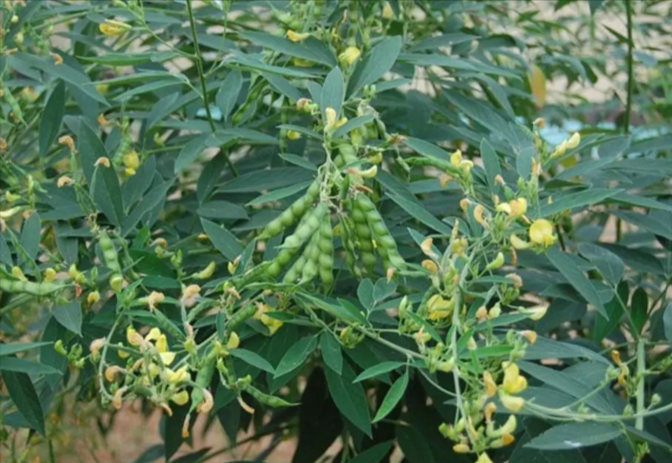9 May 2024
Pigeon pea also has an important place among pulse crops, which is also called toor dal. To get good profits, farmers should cultivate improved varieties that give higher yields. At present, there are many improved varieties of pigeon pea in the market which provide the farmers the possibility of getting more production in less time. Regarding this, the experts says that pigeon pea cultivation is proving to be a profitable deal for the farmers.
Top 3 varieties for pigeon pea cultivation, specialties and benefits of these varieties
Pusa Arhar-16 variety:
- Variety that ripens in 120 days
- Can be grown in rainy season
- Developed by Indian Agricultural Research Institute Pusa New Delhi
- Suitable for Rajasthan, Haryana, Punjab and Western Uttar Pradesh
- Average yield of 20 quintals per hectare
Pusa 992 variety of pigeon pea:
- Variety that ripens in 120 to 128 days
- Can be grown in the month of July, becomes ready in October
- All beans ripen together
- Yield up to 7 quintals per acre
IPA 203 variety of pigeon pea:
- Variety that ripens in 150 days
- There is no outbreak of diseases
- Average yield 18 to 20 quintals per hectare
Method of sowing pigeon pea:
- Clay loam or sandy loam soil is suitable.
- Cow dung compost should be mixed in the field before sowing.
- Plow the field deeply and make arrangements for drainage.
- Sowing of pigeon pea can be done in non-irrigated areas from the last week of June to the second week of July.
- While sowing, the distance of seeds from row to row should be kept at 60 cm and distance from plant to plant should be kept at 20 cm.
- Sow the seeds only after treating them, such as using fungicides and Rhizobium culture.
Stay connected with Mera Farmhouse for new information related to agriculture.

